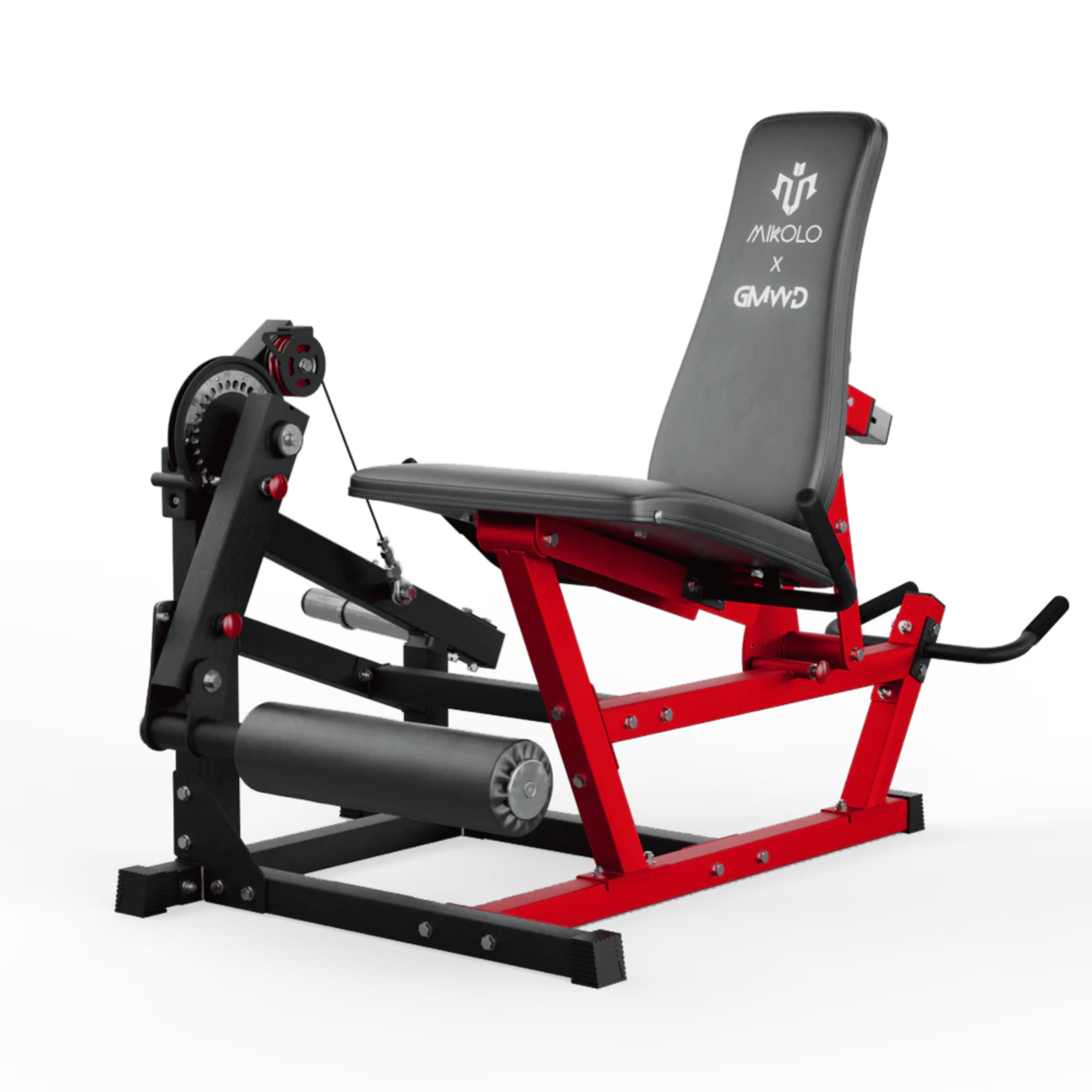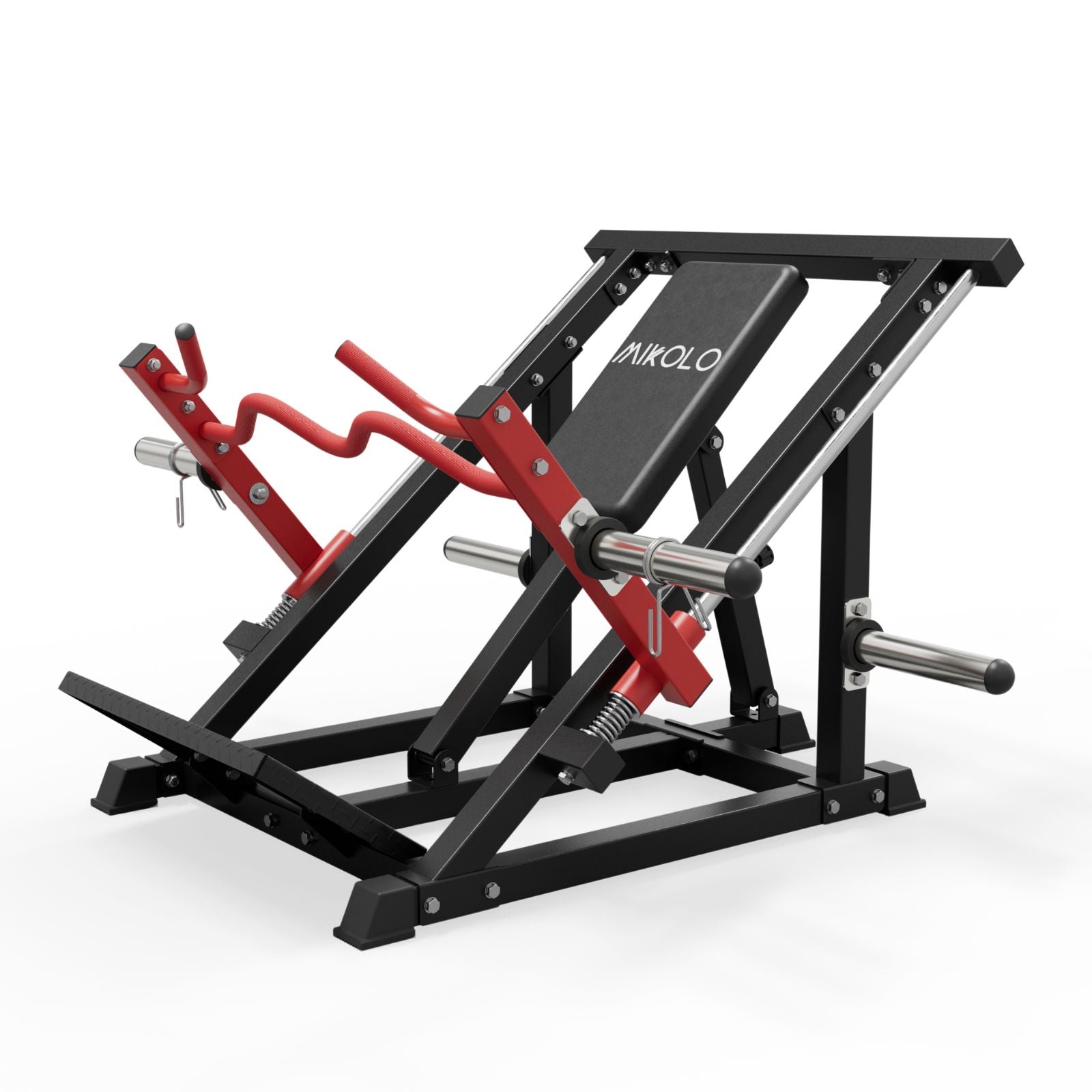When most people think of upper body strength, they picture big arms or broad chests—but there’s a muscle group that often gets overlooked: the trapezius. One of the simplest yet most effective ways to develop this area is through shoulder shrugs.
What Are Shoulder Shrugs?
Shoulder shrugs are a strength training exercise that targets the upper portion of the trapezius muscles—commonly called the "traps." These muscles span from the neck to the shoulders and upper back, playing a crucial role in posture, shoulder movement, and supporting heavy loads.
The movement is exactly what it sounds like: you raise (or “shrug”) your shoulders upward, hold for a second, then release. It’s minimal in range, but highly effective in tension.
Muscles Worked During Shrug Exercises
The shoulder shrug exercise primarily works the upper traps, but it also engages surrounding stabilizer muscles in the neck, shoulders, and upper back. When performed consistently, shrugs can:
-
Improve posture and spinal alignment
-
Help balance out overdeveloped front delts or chest
-
Reduce neck and upper back tension caused by sitting all day
-
Enhance overall shoulder stability—critical for pressing or pulling exercises
In short, shrugs for shoulders go beyond aesthetics—they build resilience.
How to Perform Shrugs Properly
-
Stand tall, feet shoulder-width apart, holding dumbbells or a barbell at your sides.
-
Keep your arms straight and shoulders relaxed.
-
Lift your shoulders straight up toward your ears—don’t roll them.
-
Pause and squeeze at the top for 1–2 seconds.
-
Slowly lower back down and repeat.
Start light. The goal is controlled movement and muscular tension—not just bouncing weight up and down.
Shrug Workout Variations
To keep your shrug workouts fresh and effective, try these variations:
-
Barbell Shrugs: Best for progressive overload
-
Dumbbell Shrugs: Allows more natural movement and grip variation
-
Trap Bar Shrugs: Easier on the wrists and provides central loading
-
Cable Shrugs: Keeps constant tension throughout the range
-
Behind-the-Back Shrugs: Targets mid traps and rear delts more directly
Each variation adds a slightly different angle of challenge, helping build rounder, more developed shoulders over time.
My Take on Shrugs in Real Training
For years, I neglected shrugs—thinking they were too simple to make a difference. It wasn’t until I started experiencing upper back tightness and shoulder fatigue during other lifts that I gave them a fair shot.
Within a few weeks of integrating shrugs into my shoulder workout, I noticed two things: improved posture and better overhead strength. My neck felt less tight, and I wasn’t rolling my shoulders forward during heavy lifts anymore. Now, I never skip them.
Common Questions About Shrugs
What do shoulder shrugs workout?
Mainly the upper traps, but also supporting muscles like the levator scapulae and rhomboids.
Are shrugs a shoulder workout?
Yes. While they don’t work the deltoids directly, they support overall shoulder strength and health.
What are shrugs good for?
Trap development, posture improvement, shoulder stabilization, and even injury prevention when done correctly.
Should I do shrugs at the gym or at home?
Both work! You can do shrugs at the gym with barbells or machines, or at home with dumbbells or resistance bands.
Final Thoughts
Shrugs might look simple, but their impact is anything but. Whether you’re a beginner building a foundation or an experienced lifter polishing your physique, adding shoulder shrugs to your gym routine can pay major dividends in strength, posture, and long-term shoulder health.
Don’t shrug them off.









































Leave a comment
This site is protected by hCaptcha and the hCaptcha Privacy Policy and Terms of Service apply.